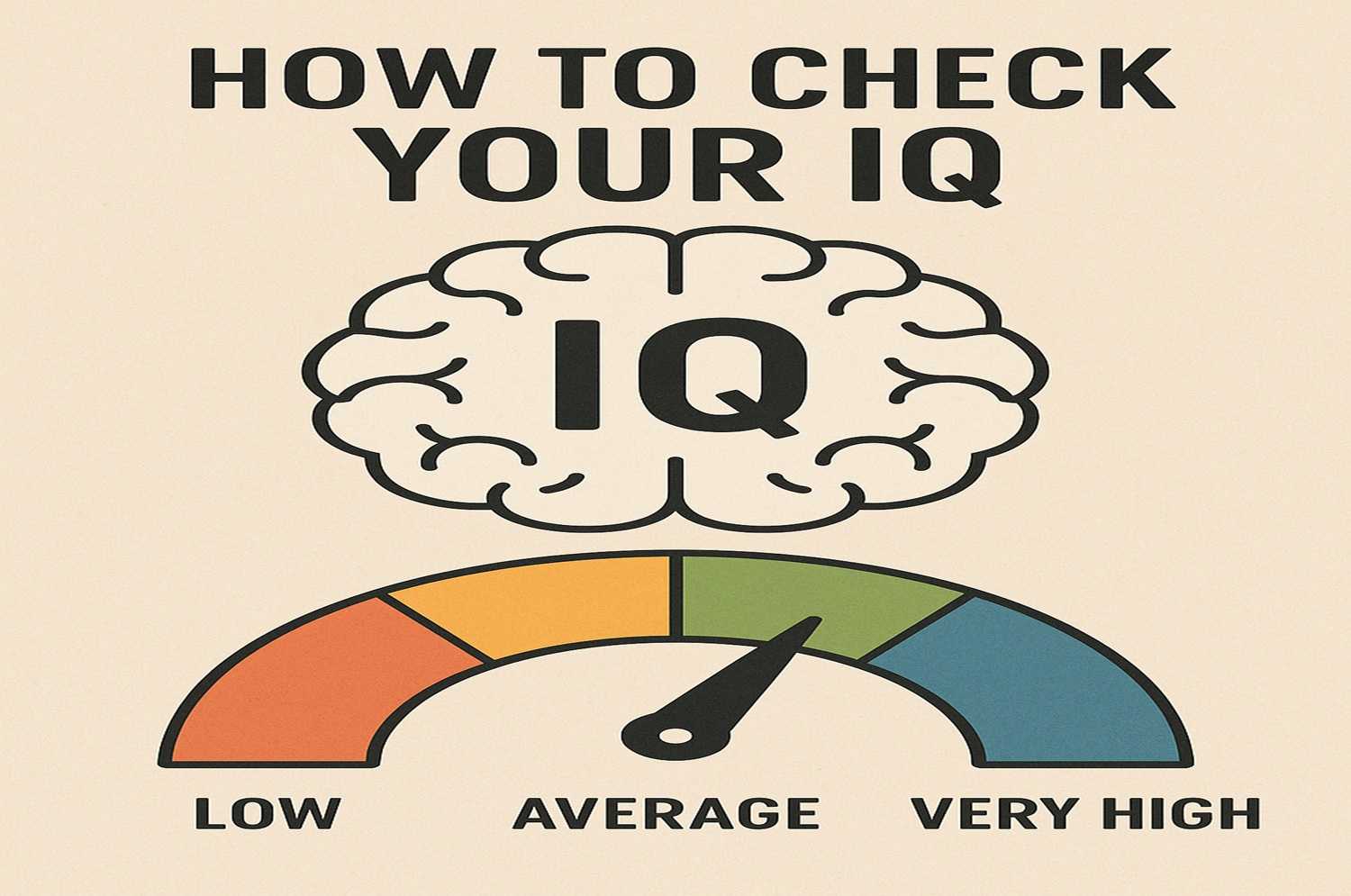- “Ever wondered why blue feels calming while red sparks energy?”
- Briefly explain what color psychology is and why it matters in daily life.
- Set expectations: This guide explores meanings, moods, and real-world uses.
What is Color Psychology?
Color psychology is the study of how different colors influence human emotions, thoughts, and behaviors. Simply put, it looks at why certain shades can make us feel calm, energized, or even hungry. For beginners, think of it as the science behind why blue feels trustworthy, red feels exciting, and green feels refreshing.
A Brief History and Scientific Background
The roots of color psychology go back to ancient civilizations. Egyptians used colors in healing practices, while Greeks linked them to elements and moods. In the modern era, researchers like Johann Wolfgang von Goethe and later psychologists studied how colors impact perception and emotion. Today, neuroscience and psychology confirm that colors can stimulate specific brain responses, affecting everything from mood regulation to decision-making.
Why Marketers, Designers, and Psychologists Study It
Color psychology isn’t just academic—it has real-world applications. Marketers use it to influence buying behavior, designers apply it to create appealing spaces, and psychologists explore it to understand emotional well-being. For instance, brands carefully choose colors to build trust, spark urgency, or highlight luxury. Likewise, interior designers use color schemes to create environments that feel warm, productive, or relaxing.
The Psychology of Different Colors and Their Effects
Red – Energy, Passion, and Urgency
In color psychology, red is one of the most powerful and attention-grabbing hues. It stimulates energy, raises heart rates, and evokes strong emotions such as love, desire, and excitement. This is why you’ll often see red in sales promotions, clearance signs, or fast-food branding—it creates a sense of urgency and appetite. While it can spark passion and enthusiasm, too much red can also feel overwhelming if not balanced properly.
Blue – Calm, Trust, and Stability
Blue represents calmness, trust, and dependability. It’s the color of the sky and water, making people feel relaxed and secure. In color psychology, blue is linked with professionalism and reliability, which explains why banks, healthcare companies, and tech brands often use it in their logos and websites. A lighter blue encourages openness and peace, while darker shades reinforce authority and credibility.
Yellow – Optimism and Warmth
Yellow radiates positivity, joy, and energy. It is one of the most cheerful colors, often associated with sunshine and happiness. However, color psychology also shows that excessive yellow can cause feelings of restlessness or anxiety. Brands use it to grab quick attention—think of road signs or playful product packaging. Used wisely, yellow can uplift moods and create a friendly, welcoming atmosphere.
Green – Balance and Growth
Green symbolizes harmony, renewal, and prosperity. Strongly tied to nature, it promotes feelings of balance and health. In color psychology, green is considered restful for the eyes and is often used by eco-friendly, wellness, and financial brands. It suggests freshness, safety, and abundance, making it a versatile choice for businesses looking to inspire trust and growth.
Purple – Luxury and Creativity
Purple blends the calmness of blue with the energy of red, symbolizing imagination, wisdom, and spirituality. Throughout history, purple has been associated with royalty and wealth because of its rarity and expense. In modern color psychology, purple still conveys sophistication and creativity, making it popular among luxury, beauty, and artistic brands. It invites curiosity and a sense of exclusivity.
Black & White – Simplicity, Power, and Contrast
While black often represents authority, strength, and elegance, white conveys purity, clarity, and simplicity. Together, they create a powerful contrast that emphasizes balance and minimalism. In color psychology, black-and-white combinations are timeless and versatile, widely used in modern branding to project sophistication and clean design. Too much black may feel heavy, while too much white may seem sterile—balance is key.
How to Use Color Psychology in Daily Life
Choosing Colors for Your Home
- Mood-setting for living room, bedroom, office
Using Colors in Fashion
- How outfit colors affect confidence and perception
Color in Branding and Marketing
- Why businesses carefully select brand colors
- Examples of famous color choices (Coca-Cola red, Facebook blue)
Common Myths About Color Psychology
When it comes to color psychology, a lot of myths and oversimplifications circulate. While colors do influence emotions and behavior, their effects are far from universal. Let’s clear up a few common misconceptions.
“Red Always Means Danger” → Context Matters
One of the biggest myths is that red universally signals danger or warning. In reality, context matters. Red can represent love and passion on Valentine’s Day, excitement in branding, or even good luck in many Asian cultures. While red traffic lights signal “stop,” in sports it often conveys power and dominance. The takeaway? Colors do not carry a single, fixed meaning—they shift depending on the situation.
Cultural Differences in Color Meanings
Another myth in color psychology is the assumption that colors mean the same thing across all cultures. For example, white is often linked with purity in Western countries, but in parts of Asia, it’s associated with mourning. Similarly, yellow may symbolize warmth and happiness in one culture but carry connotations of caution or envy in another. Understanding cultural context is crucial when applying color psychology in design, branding, or communication.
Also Read:
The Psychology of Confidence: Simple Shifts to Boost Self-Belief









